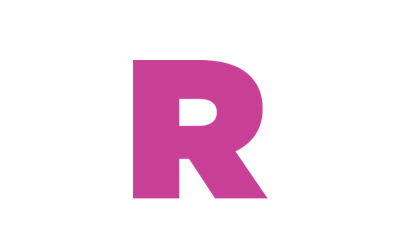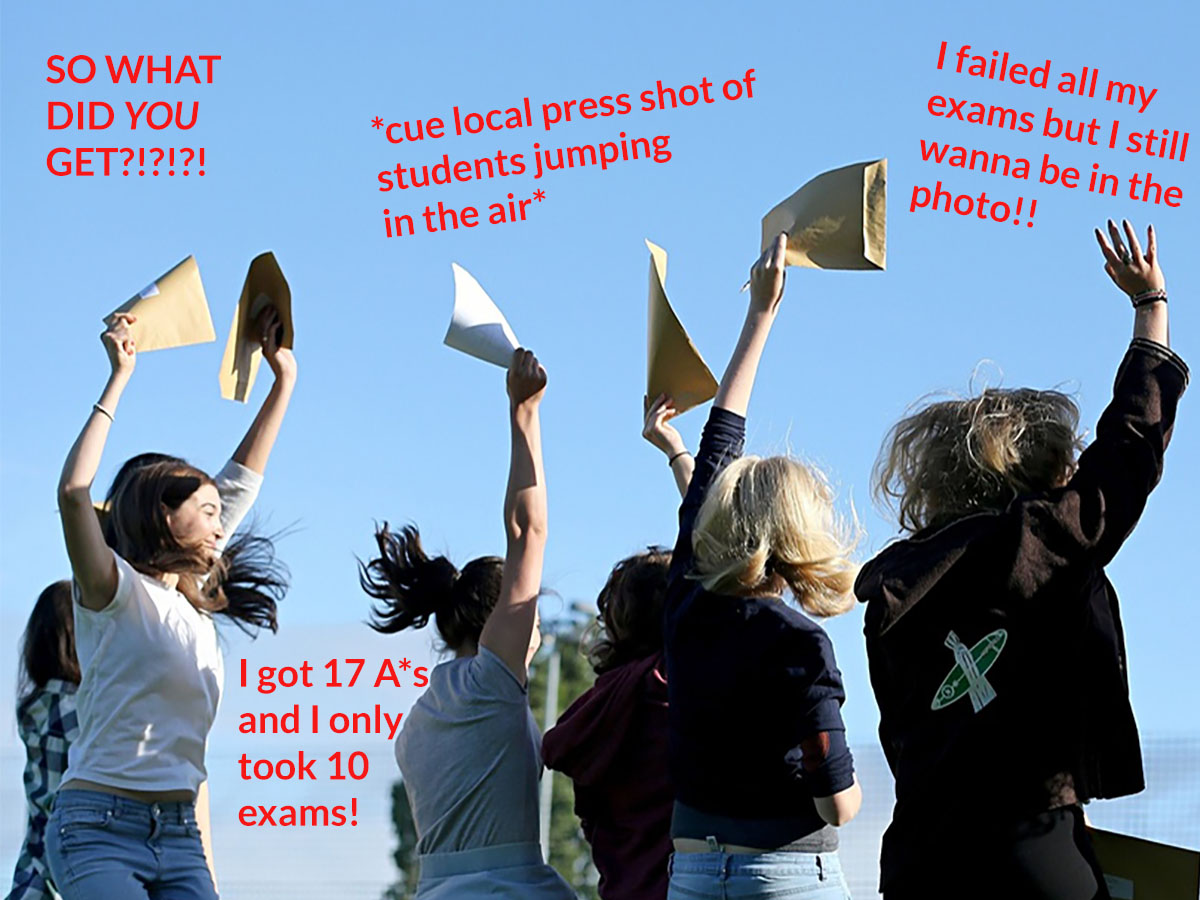Six Steps For Nailing The Job Application
Jess Greenhalgh has applied for a lot of jobs over the years. And that is why she’s an expert. This is her expert guide to the perfect job application. Apply your eyes here.
Job hunting isn’t easy. Whether it’s your first job, or you’ve been working for more than a decade, I’ve got six simple steps to make the process as pain-free as possible.
1. Research
Might seem like the obvious first step but research is key. The best (and most regularly updated) websites include: Reed, Indeed and Total Jobs.
There’s more than one reason this is so important.
Firstly, you’ll find out what your skills are best suited to. You’ll also be able to see a range of commitments and salaries which can give you a good idea of what is/isn’t going to fit your needs. Most importantly, it will present you with options, which is key to any job hunt. The more applications you do, the better changes you have of finding something good for you.
2. Naming Names
Clearly read what’s required for the application before you get started. Ask yourself some basic questions: does the job description give you the name of who you’re applying to? If not, can you find it easily on the website?
It’s always a sign of a bad application if you’re addressing the wrong person.
Don’t worry too much about this though, if, for example, this is a speculative application ‘Dear Sir/Madam,’ is a safe salutation.
3. CVs
Clearly-structured CVs make it as easy as possible for the reader to digest your skills and experience. The truth of it is, every employer is busy and every potential employee wants to make a good impression and that needs to happen quickly.
Golden rules of CV writing:
A CV should be no longer than 2 A4 sides.
Make required information clear: your name and contact details (address, phone number, blog site etc.)
Section up your CV into manageable chunks: Why not try:
1. About me. Relevant contact information)
2. Education. Include any awards you have received to date and the date you received them)
3. Work Experience. Where you have worked in the past and for how long.
A quick note about ‘work experience’: if this happens to be your first job hunt, you won’t have an employment history yet – and this is okay! What’s important to include here is any roles of responsibility you have which is relevant to the job. Eg are you a member of any clubs? Are you the leader of that club? Do you volunteer anywhere? All of this is important!
Along the way ask yourself: Are my skills and responsibilities obvious?
A bad CV would say ‘I worked as a waitress’.
A good CV would say ‘I gained strong communication skills while working as a waitress because it required interacting with members of the public and providing them an exemplary service.’
4. Cover Letters
More often than not your CV will be accompanied by a cover letter. Pay extra attention to spelling and grammar in both your CV and cover letter as this is the first impression you’re giving to the employer.
It’s important to build on your CV in the cover letter.
A good rule of thumb is that there should be no new information contained in the letter that doesn’t feature on your CV. Likewise, it shouldn’t be a run-through of all elements of your CV. You want to highlight particular skills and examples. It’s a great opportunity to let your personality shine.
‘Return to Naming Names’. Use the company’s name and job title in the cover letter. This will show the employer this is not a ‘send all’ letter.
Cover Letter Commandments:
1. Talk about the company – make it unique to them
2. Keep it brief and relevant – no more than 1 A4 page (at most!)
3. Snappy introductions – make this a memorable summary of what’s unique about you
4. Presentation – keep font size 11 or 12 and make sure the alignment is neat
5. Evidence – qualify all of your claims with evidence
If you’re a creative, send an example of your work. Send a link to your blog, or attach a portfolio of your design work.
5. Tweaks
With time you’ll learn what information is/isn’t required on your applications. For example, it won’t be necessary on every application to state you have a driving licence, only include that information if the job description asks for someone who can drive.
Practice makes perfect with this.
6. Road Bumps
If it’s proving really difficult – stop.
Examine the job description again and ask yourself if this really is the job for you?
Selling yourself for something you’re really passionate about should be relatively easy. Maybe you need to go back to the research phase and start again. Once you’re able to identify what you’re really interested in it will become so much easier to prepare your application – and if that passion and enthusiasm is clear to the employer you’ll have a better chance of getting the job too!
Any other tips to add? Any funny job application disasters to share? Let us know: @rifemag
Related Links:
‘Nine Ideas For Getting Your Dream Job Without a Degree’ by Matt Bates
‘Ten Questions to Ask Yourself About Job Interviews’ by Beth Highgate-Betts

About Rife






